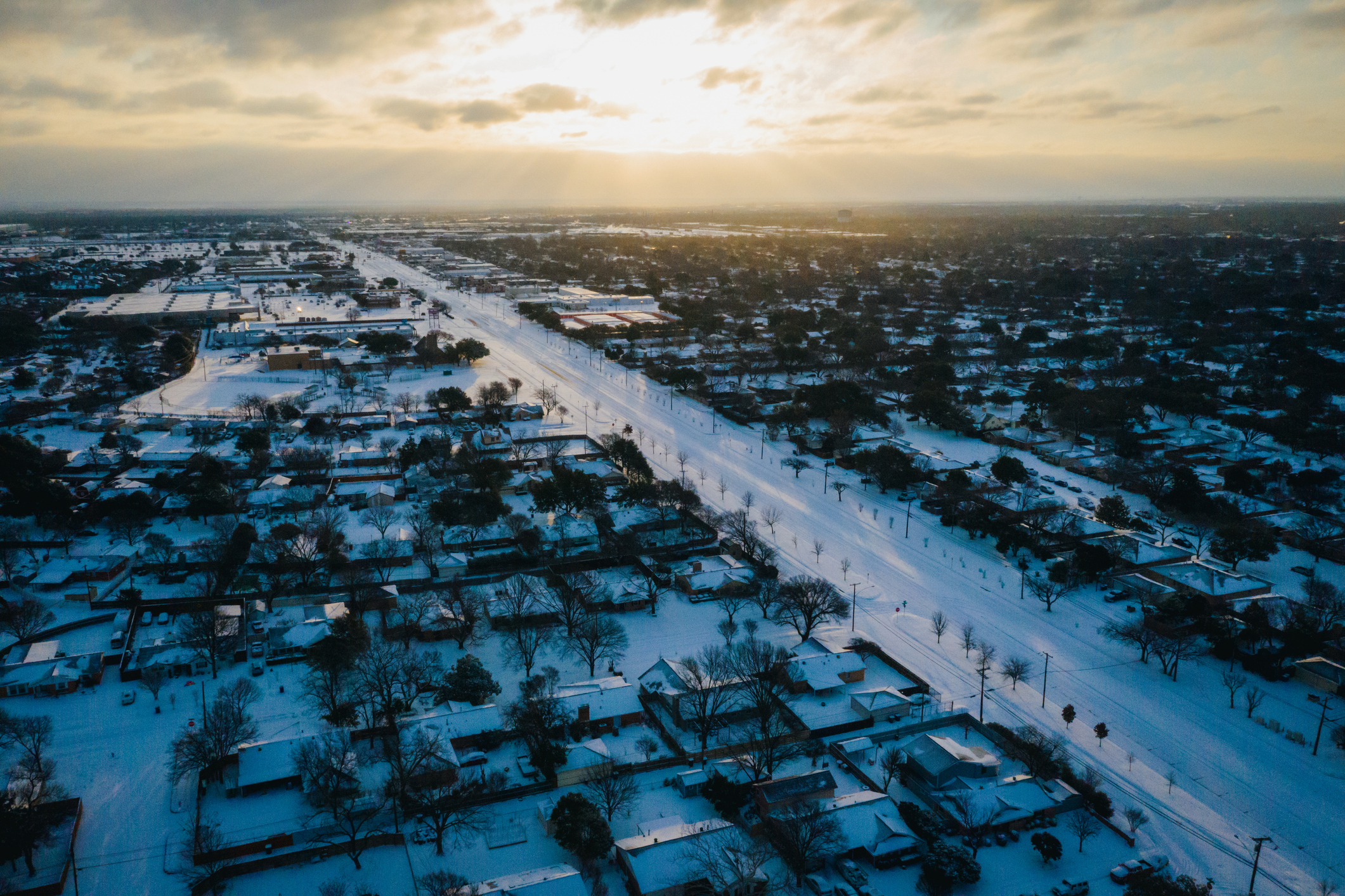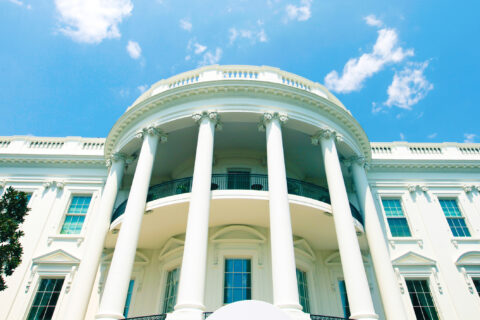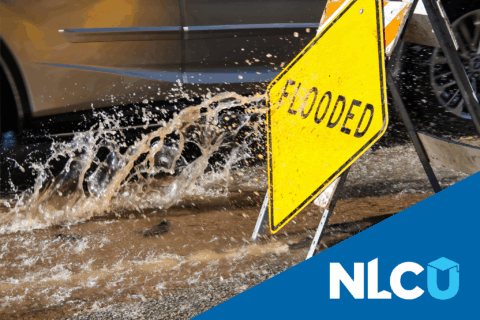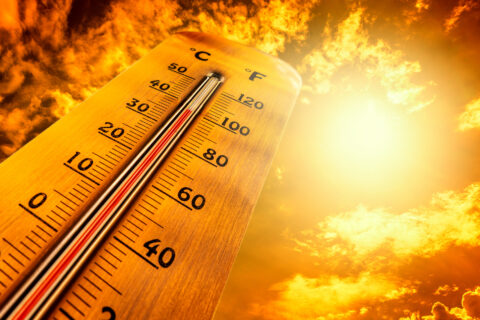In 2015, Major General Warren Edwards was focused, and maybe a little impatient. The National League of Cities (NLC) and the U.S. Green Building Council had partnered to gather him, along with local elected leaders, nationally recognized planners, designers, and builders, to host the Resilient Cities Summit. The goal was to share strategies and solutions that would help cities build stronger, smarter, and better, and to mitigate costs of environmental disasters that have been growing dramatically for decades. After retiring from the Army, MG Edwards held several positions in facility operations and security before eventually taking his current role as Senior Fellow at the Community and Regional Research Institute (CARRI), which was one of the first organizations to champion resilience as a framework to help any organization strengthen its ability to prepare for, respond to, and rapidly recover from disasters, particularly with growing impacts from climate change.
As he helped to open the conversation and prod the room to think seriously about the challenges, interdependencies, and critical systems that needed to be addressed, MG Edwards bluntly asserted that we are a nation of “lessons learned,” and not “lessons applied.” Every time there is a federally declared disaster, he explained to the group, FEMA and other federal agencies write an after-action report. Every time the findings are largely the same. And every time a majority of the loss and destruction could have been averted with cost-effective steps that were proposed well in advance but never adopted. Often these recommendations were contained in the last after-action report for a disaster in the same region. Six years and dozens of billion-dollar federal disaster declarations later, the message is more urgent than ever.
A Texas-Sized Winter Disaster
A winter storm and extremely cold temperatures struck much of the south (much of the country, for that matter) for several days between Feb 13-18, and even a week later, the full cost is only beginning to come into focus. First and foremost, at least 80 deaths have been attributed to the storm so far – half in Texas – but officials have warned that it may take “weeks or months before the human cost is known and that it might never be fully accurate.”
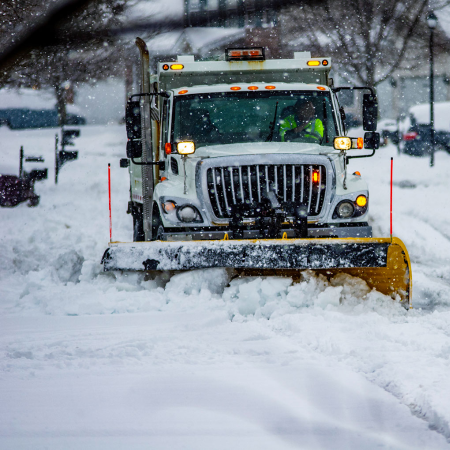
The crisis in the electric grid lasted more than four days for at least 2 million households. During the peak of the blackouts, at least 4.2 million households were without power. It’s almost certain to go down as one of the 10 worst outages in U.S. history.
The energy disaster also contributed to an even more widespread water disaster, as even critical water treatment facilities went dark. More than 1,200 local water utilities were affected and over 14 million residents – roughly half the state – were under boil alerts that are still being enforced in many areas. As many residents went without water entirely, a boil order would have been a welcome relief. In Austin alone, Water Director Greg Meszaros estimated that there are tens of thousands of water line breaks. As is always the case but must be emphasized, all of these outages are hardest on poor, Black, Hispanic, and other communities of color who were already suffering disproportionately from COVID-19.
In just the last couple of days, a third disaster is beginning to emerge, as skyrocketing energy bills are reaching the few customers who maintained service. In one such instance, the City of Denton, Texas could be on the hook for $207 million in four days. This would represent a 10,000% increase in average energy costs, and power expenses for a single day exceeding all costs in FY2020.
What Went Wrong?
The Texas disaster was caused by a cascading series of failures that have been thoroughly documented elsewhere. The details of these system failures will take time to unravel, but the common thread is that the state chose not to invest in its own critical infrastructure in its misguided pursuit of raw, cost-cutting efficiency.
In a Texas Monthly interview with Joshua Rhodes of IdeaSmiths Energy and the University of Texas at Austin Rhodes said, “At some point we do a cost-benefit analysis of how much risk we are willing to take. We have never had weather like this thrown at us, so it’s not surprising to me that we don’t have infrastructure that can support it.” Rhodes is not a decision-maker and we do not believe he was making an argument against investment or winterization, but this characterization – that it was an act of god and we can’t afford to do much better – is wrong, and with a mounting climate crisis it is proving deadlier by the year.
For starters, the idea that this weather was unprecedented is just untrue. Meteorology professor David Titley concluded that “This cold event was consistent with several Arctic episodes Texas has endured over the past four decades.” Those events caused a similar strain on the grid. The last extreme cold weather event in 2011 left 3.2 million without power.
But even this foreshadowing doesn’t capture the extent of the infrastructure failure. This winter storm is likely to be the single largest insurance claim event in Texas history, according to the Insurance Council of Texas, surpassing the $19 billion from Harvey. Weatherizing generation facilities may be an added cost, but it’s nothing compared to $19 billion. If the cost benefit analysis we followed brought us to this, what use was the analysis?
It’s important to note that the disaster was not limited to Texas. Water problems, in particular, have been more widespread in places like Jackson, Mississippi, where there have been at least 28 water mains breaks and service is not yet restored. Natural disasters will always happen, and some level of damage and disruption will always occur, but it is hard to recall any catastrophe that was so comprehensively forewarned and preventable as the energy and water crisis still unfolding throughout the south and particularly in Texas.
Building Sustainable Infrastructure
Efficiency is fine for a short time, under an optimum range of expected conditions, and in systems that you don’t mind failing now and then. But cars don’t have seat belts for efficiency, buildings don’t have fire sprinklers for efficiency. Those things exist because when something goes wrong, you don’t want efficiency, you want resilience.
Texas Governor Greg Abbot has publicly committed to weatherizing the energy generation infrastructure. This is a good first step, but America’s cities need much more to become a nation of lessons adopted. While what happened in Texas is somewhat unique, communities across the country and across all geographic regions are seeing the impacts of climate change.
The capability of maintaining energy availability is a critical first priority in maintaining essential services, like water, during a disaster. As first responders, local leaders know this firsthand. Building community resilience means investing in our aging water systems and supporting improvements to and modernization of the electrical grid, including dramatic reduction in greenhouse gas emissions. NLC calls on the federal government to provide grants, tools and resources to support local efforts to strengthen infrastructure and make communities safer and more resilient in the face of extreme weather events.
More and more, as local leaders look to rebuild their economies and their communities, they know that maintaining the status quo is not sufficient to address the challenges of climate change and the inequities in our society.
Let’s make these lessons adopted.
Learn More
Join us March 7-10 for NLC’s virtual Congressional City Conference to learn more and dive deeper into these critical issues. Read NLC’s transition memo to the U.S. Department of Energy learn more about our priorities for strengthening our energy infrastructure.
